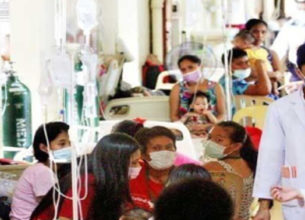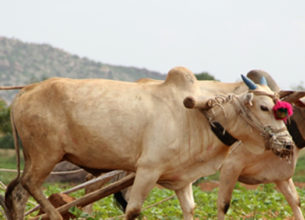FOOD SYSTEMS
Why in News?
- As per the recently released Global Nutrition Report 2020, food systems should be inclusive, local and diverse to address food security and malnutrition and build economic and Climate Resilience.
Food System:
- A food system is a composite of the environment, people, inputs, processes, infrastructures, institutions, etc.
- Production, processing, distribution, preparation and consumption of food are a part of food systems.
- They also include the outputs of such activities, including socio-economic and Environmental Outcomes.
How Food Systems can Reduce Malnutrition:
- By adjusting food systems away from staples like wheat and rice towards non-staples like vegetables, fruits, fish, nuts etc., malnutrition can be reduced.
- More incentives towards millets, and non-staples will make production of healthy food attractive to producers and therefore improve the availability of more nutritious food, especially for the rural poor.
- Procurement of nutritious and climate-resilient crops like sorghum and millets should become the policy of the government.
- Their consumption should be increased through public food distribution schemes and creating awareness on the health benefits of these crops.
- Child malnutrition is a risk factor that can keep India from fulfilling all its child mortality related Sustainable Development Goals (e.g. SDG 2: Zero Hunger).
Role of Small Farm Holders:
- Small farm holders who usually do not have access to big value chains will be critical in improving Food Systems.
- Incentivising and hand-holding them to transition to diverse crops may improve local value chains as better access enables income enhancement.
Food Systems and Climate Change:
- Smaller and localised value chains instead of supermarket driven long-value chains can reduce carbon footprints.
- Similarly, climate-resilient and less water intensive crops should be incentivised and popularised among farmers and consumers alike
















